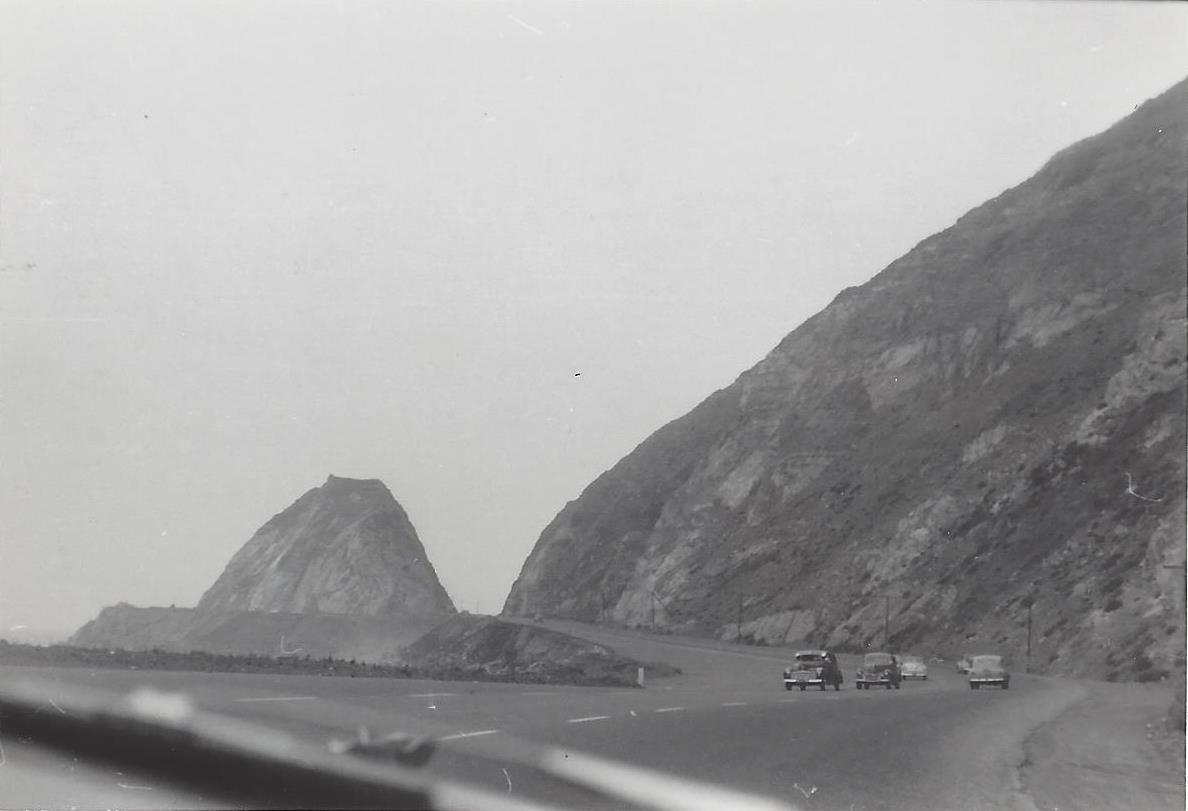The Boy Scouts of America today announced that it will rebrand to Scouting America, reflecting the organization’s ongoing commitment to welcome every youth and family in America to experience the benefits of Scouting. The change will go into effect on February 8, 2025, the organization’s 115th anniversary.
This announcement also comes as the organization celebrates the fifth anniversary of welcoming girls into Cub Scouting and Scouts BSA programs. Scouting America currently serves more than 176,000 girls and young women across all programs, including over 6,000 who have earned the rank of Eagle Scout.
Scouting America’s ongoing goal is to provide young people with a safe environment where they can learn meaningful life skills and have fun, educational experiences, fostering their growth and future outcomes as leaders, and be prepared for life. At the same time, values instilled by the Scout Oath and Law help prepare young people for lives of purpose and impact.
More than 130 million Americans have been through Scouting programs since its founding in 1910, and currently, more than 1 million youth, including both men and women, are served by 477,000 dedicated adult volunteers in local councils throughout the country. To date, more than 2.75 million youth have earned Scouting’s highest rank of Eagle Scout.
To learn more about Scouting America’s mission, visit Scouting.org.
















